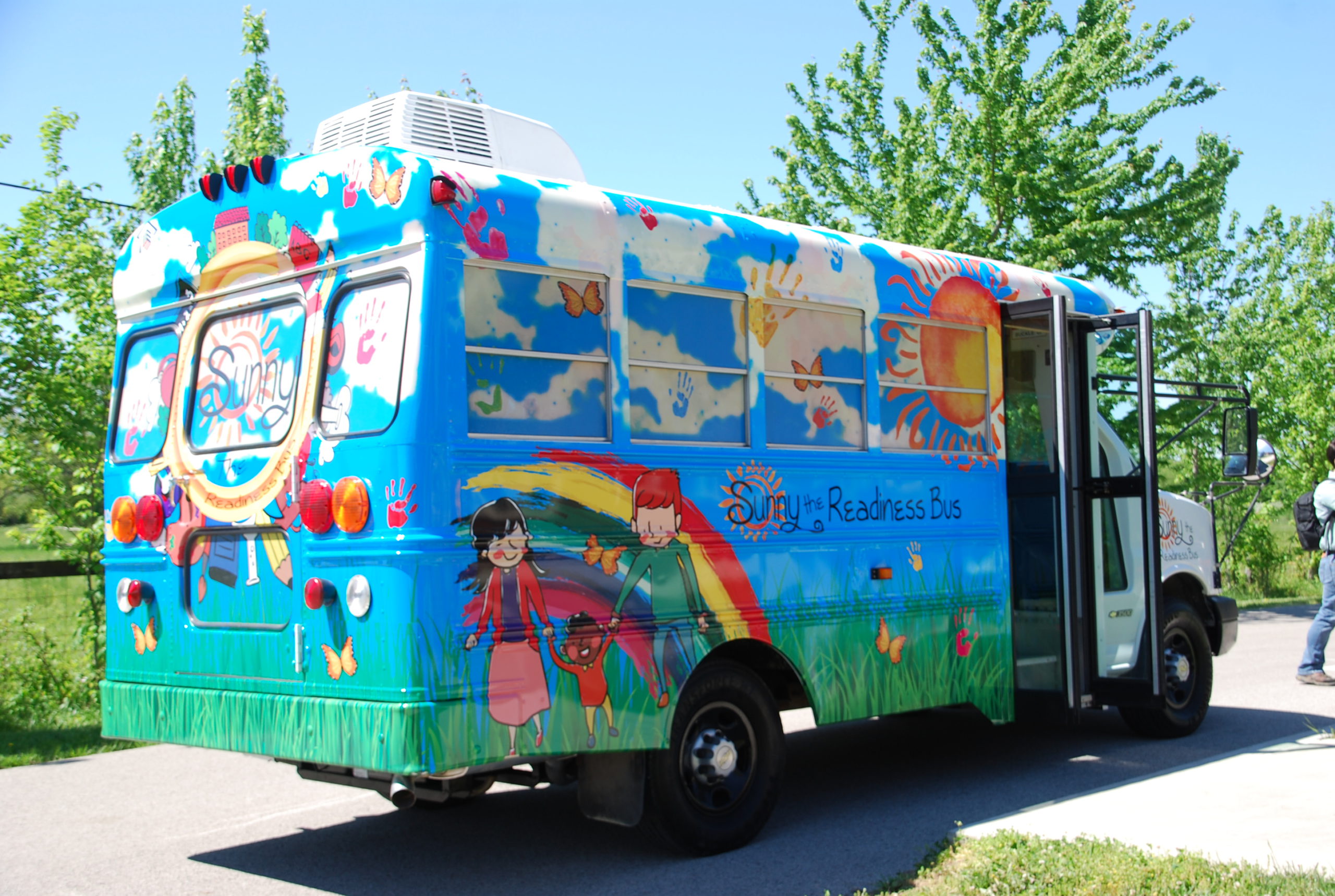The collapse of the coal industry and the opioid epidemic continue to decimate Kentucky’s Appalachian region, disrupting families and sapping crucial tax dollars from rural schools.
At the same time, these cash-strapped district administrators are having to provide more basic services to students, who may show up for class hungry, homeless or in need of health care.
In response, Berea College, a 1,600-student liberal arts institution that doesn’t charge tuition, has vastly expanded its K-12 assistance program, Partners for Education, to provide “cradle-to-career” services to Appalachian families in some of the country’s poorest communities.
More from DA: How kindergarten readiness predicts performance
“This is my 34th year in education, and this is the most valuable partnership I’ve ever worked with within a school system,” says Kay Dixon, the superintendent of Barbourville Independent School District.
Funding from the program has helped the district establish a 1-to-1 program, offer PD for teachers in new strategies to engage students and enhance preschool curriculum.
The district used money it would’ve spent on those initiatives to create new biomedical and engineering career pathways, Dixon says.
During the partnership, students have shown substantial growth on the district’s assessments. Attendance has also improved.
Partners for Education, which served just eight districts in 2010, now leverages an annual $42.9 million from multiple funding streams to support more than 50,000 students in rural schools in 50 counties. Its various initiatives employ about 400 people.
Partners for Education places “academic navigators” in schools to help ELA and math teachers lead students to perform at or above grade level.
“In all our work, the key piece is kids have to be academically ready,” says Dreama Gentry, executive director of Partners for Education. “You can’t teach math if a kid comes in hungry and worried about where they’re going to sleep that night.”
Helping families outside rural schools
Partners for Education staff have also helped Dixon and her educators better connect with parents who weren’t previously involved in any district activities.
Program staff have organized after-school and evening wellness and fitness sessions, family painting and poetry nights, and college visits. Parents who attend these sessions also learn how to better assist their children with homework, Dixon says.
“School districts struggle with family involvement,” she says. “The program is very intentional about doing things to make families more comfortable with the school setting.”
Program staff also work to connect families with housing, food and medical services. At the center of Berea’s community initiatives are weekly home visits made by paraprofessional to families of some of the neediest preschool students.
More from DA: How rural schools can overcome reduced resources
These paraprofessionals, who are employed by the local rural schools, help families and caregivers—many of whom are grandparents or even great grandparents—with parenting and early literacy skills based on Save the Children’s Early Steps to School Success model, Gentry says.
In one home, the program began providing transportation so a grandmother caring for five of her own offspring’s children could bring the kids to a monthly playgroup.
The program also uses two school buses, which kids have nicknamed “Sunny” and “Rosy,” as mobile classrooms to work with families who aren’t comfortable inviting the paraprofessionals into their homes.

“The little ones in this program are ready when they enter kindergarten,” Gentry says.
Partners for Education provides academic advocates
Starting in middle school, the federally funded Gear Up component of the program serves to steer sixth and seventh graders onto the path toward post-secondary education.
College navigators work with these students from middle school through their first year of higher education. The navigators guide students in picking the K-12 courses they need for college and also help them prepare for standardized tests and other college entrance exams.
More from DA: Watch DATV—How parks solve problems for schools and cities
Navigators also guide students through the college application and financial aid processes, and bring students to college fairs and on campus visits.
A goal is to show students in rural schools that college is a crucial part of their journey toward a productive career, Gentry says.
“This program gives them a caring adult and an educational advocate,” she says. “The Gear Up counselor is one of the most consistent figures in many of these children’s lives.”







